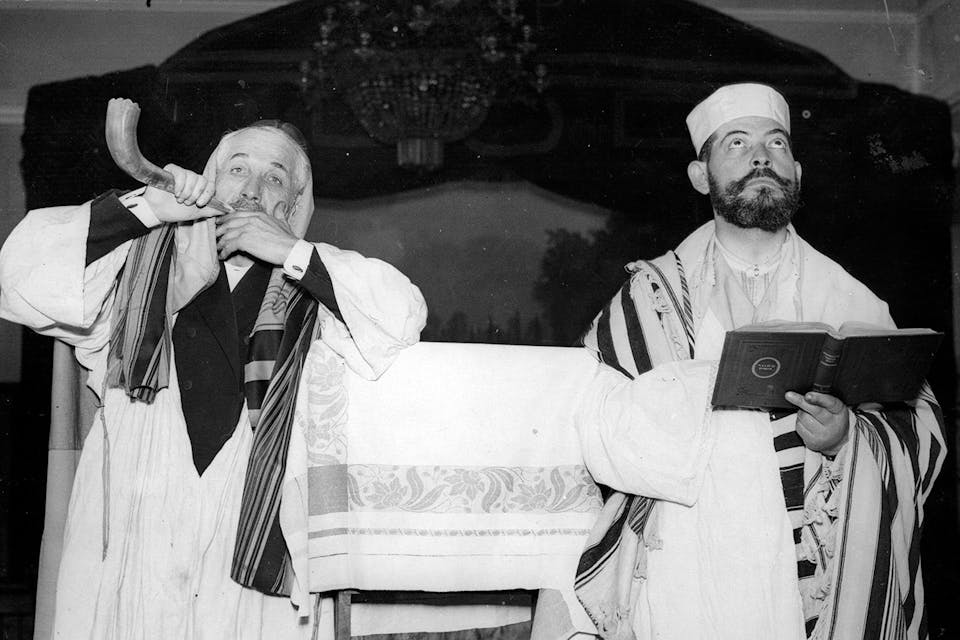
October 4, 2022
The Contradictions of Kol Nidrei
One renowned talmudic scholar called the now-beloved prayer a "foolish custom that is not to be followed." What did he mean and how did it survive?
Kol Nidrei is so well-known a prayer, and so powerful when performed cantorially, that few who hear it in its traditional Ashkenazi version, which is the one nearly all American Jews are familiar with, are aware of its self-contradictions—all the more so because, apart from a single phrase in Hebrew, it is entirely in Aramaic and the English translations that accompany it in most siddurim attempt to paper these over. Here are four versions of its opening lines: the first the standard Ashkenazi text transliterated in Latin characters; the second an English translation in Chabad’s Annotated Machzor for the High Holidays; the third the translation of the Conservative movement’s Mahzor Lev Shalem; and the last a literal English rendition of my own. (Words originally in Hebrew are indicated by bold print.)
1) Kol nidrey v’esarey ushvu’ey v’ḥaramey v’konamey v’kinusey v’khinuyey d’indarna ud’ishtabana ud’aḥarimna ud’asarna al nafshatana miyom kippurim zeh ad yom kippurim haba aleynu l’tovah, bi-khulhon aḥaratna v’hon.
2) All vows, [self-imposed] prohibitions, oaths, consecrations, restrictions, or [any other] equivalent expression of vows, which I may vow, swear, dedicate [for sacred use] or which I may proscribe for myself or for others, from this Yom Kippur until the next Yom Kippur which comes to us for good, we regret them all.
3) All vows, renunciations, bans, oaths, formulas of obligation, pledges and promises that we vow or promise to ourselves and to God from this Yom Kippur to the next—may it approach us for the good—we hereby retract.
4) All vows, prohibitions, oaths, bans, renunciations, penalties, or invocations of the divine by which we have vowed, sworn, renounced, or foresworn anything from this Yom Kippur to an auspicious next Yom Kippur, we repent of them all.
Ignoring minor differences of wording, we see that Versions 1 and 4 differ from Versions 2 and 3 in a significant respect: namely, their use of the past tense (d’indarna, ud’ishtaba’na. ud’aḥarimna, ud’asarna—“by which we have vowed, sworn, renounced, or foresworn”) for unfulfilled commitments that are referred to as taking place in the future (“from this Yom Kippur to next Yom Kippur”). Versions 2 and 3 seek to eliminate this odd feature by translating the past tense either as a conditional (“which I may vow . . .”) or a present tense (“that we vow . . .”), thus leaving the reader with a false impression of internal consistency.